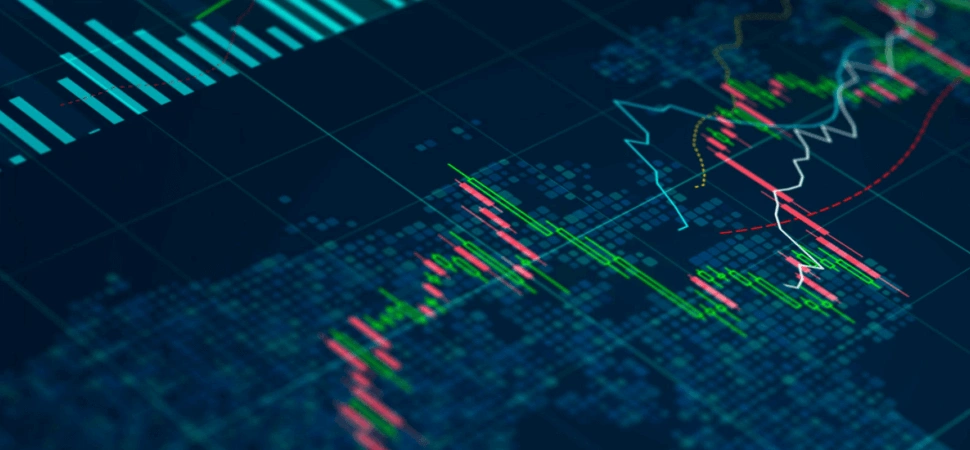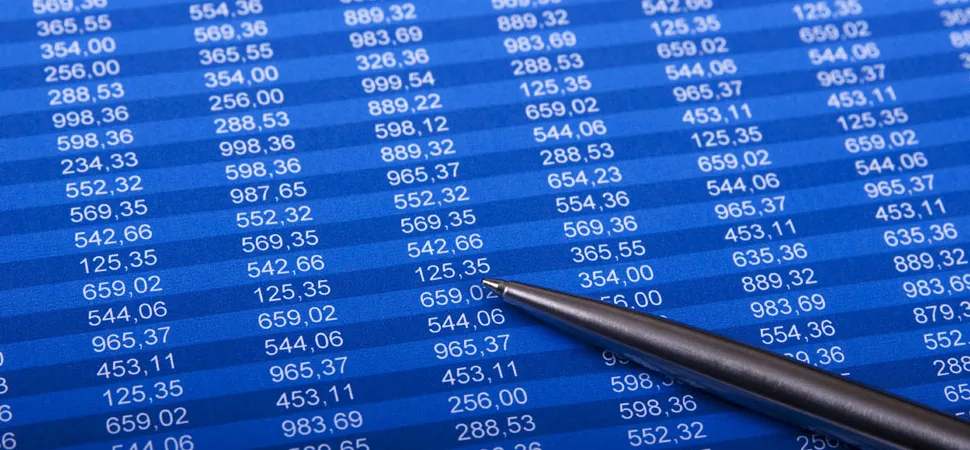29.04.2024
Евгений Лебедев
396

Whether you are a day trader, scalper, swing trader or trend trader, you need a trend in the Forex market to make a profit. After placing your order, the forex market must rise or fall, otherwise you have no chance of making a profit. Forex trend indicators can help you determine whether prices are rising or falling. Indicators make it easy to identify current price trends and predict where prices will move in the future. By developing the best Forex indicator strategy, you will be able to increase your profits every trading day.
Forex Indicators
A Forex indicator is a tool used in the process of technical analysis to predict future price movement. Indicators use strict mathematical formulas based on historical prices and/or volume, and display the results either on top of the price or as a visual representation at the bottom of the window.
When used correctly, indicators can add a new dimension to understanding price movements. The best trading strategies often rely on multiple indicators, and it is well known that many traders, especially beginners, use indicators as their primary tool when analyzing price movements. Essentially, these indicators are used to help analyze price charts. Most Forex trading platforms offer a set of the most popular indicators by default.
There is also a hidden danger called analysis paralysis. This means that you must be careful not to fall into the trap of using too many indicators, which can ultimately affect your ability to properly analyze market prices.
How many types of Forex indicators there are
In technical analysis, most Forex indicators fall into one of three categories such as:
- Leading Forex indicators (Parabolic SAR, RSI, Stochastic);
- Lagging Forex indicators (moving averages);
- Confirming Forex indicators (balance volume).
You should take the necessary time to study the meaning of each indicator. No single indicator guarantees 100% winnings, so you should not chase fairy tales, which is why many traders use several indicators. A more detailed study of the market will help you succeed as a trader.

What are the best Forex indicators to use
To help you improve your chart reading skills and learn which indicators to use and how to combine them. The best combination of indicators is the market maker method. Technical indicators can also be categorized by the type of data they extract. To understand the market, we can distinguish four types of indicators:
- Momentum indicators (RSI, Stochastic, CCI, WilliamsR);
- Trend indicators (moving averages, MACD, Parabolic SAR);
- Volatility indicators (Bollinger Bands, Envelope, ATR);
- Sentiment indicators or volume indicators (OBV, Chaikin Money Flow).
Technical Forex Indicators
Leading Indicator
Leading indicators provide early warnings and trading signals of likely price movements. These indicators can determine the direction of a trade even before a new trend begins. This sounds too good to be true, so it is right to be skeptical.
If leading indicators could give trading signals before a trend even starts, we would all be very rich by now, but they don't. The downside is that leading indicators are notorious for giving a lot of false signals. In other words, more often than not, they steer you in the wrong direction.
Lagging Indicator
A lagging indicator is, as the name implies, an indicator that lags behind the current price. Usually, the lag is due to the fact that more price data is used in the calculation. However, lagging indicators can be very useful in identifying market trends.
The idea behind using lagging indicators to identify trends is that they remove a lot of the market noise inherent in price and give you a much better idea of the trend. However, the disadvantage of lagging indicators is that they only tell you when a trend has started. This is not a good thing because in many cases you will be late to the party, and secondly, the later you enter the trend, the lower your profit margin will be. In this case, if you trade using a lagging indicator, you will miss out on a significant portion of your potential profits.
Confirmation Indicators
Confirmation indicators can be very useful for confirming your price analysis. As the name implies, a confirmation indicator is only used to confirm that the price movement data is correct. One of the most popular confirmation indicators is the On-Balance Volume (OBV) indicator. Volume indicators are very useful. Using and interpreting OBV indicators is very simple. The trend is determined by the aggressiveness of buyers and sellers, so when the market is moving in an uptrend or downtrend, volume should increase.
Understanding the differences and similarities between these three indicators will help you better absorb the information they provide and decide how to trade. You can choose the most appropriate indicator based on your trading objectives.
Alternatively, you can use a functional indicator such as the Forex bar timer indicator. A candlestick timer indicator simply counts down the time until the next candle opens. It is simply a functional tool that many professional traders use to evaluate price charts.

The most important indicators today are
Moving Average
Forex trend indicators The 200-day moving average is considered the best trend indicator. Let's say you are looking at the 200-day moving average. On the chart, you see a moving average that looks at the last 200 closing prices and then plots the average price. This eliminates a lot of the noise that occurs on price charts and gives you a much simpler picture of what is happening in the market. Moving averages are a very simple way of identifying trends and giving them some definition. You can determine if it is an uptrend or a downtrend and how stable it is.
Forex volume indicator
Forex volume indicators are used as trend confirmation tools. In addition, volume indicators are so versatile that they can also be used to confirm Forex market breakouts. Identifying breakouts allows you to trade ahead of the market.
Volume indicators can help you better understand the validity and reliability of a particular trend. They are usually displayed at the bottom of the chart and most often take the form of an oscillator. Most oscillators have upper and lower limits, which usually indicate buying and selling pressure.
Indicators are many and varied in their types, capabilities and purpose, but by studying them all you will gain access to valuable information that will help you determine the appropriate ways to analyze the market for your trading. You will be armed with a deeper understanding of how the market moves and add valuable new tools to your strategy.
